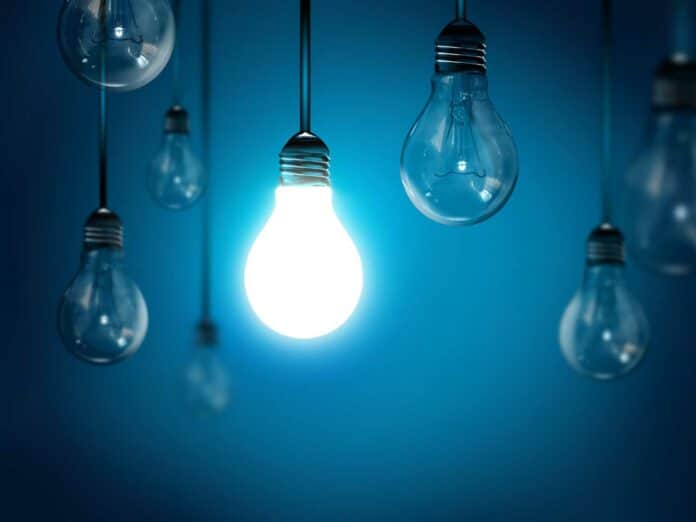Modern technologies use rare earth-containing materials as they have significant technological and economic importance. Hence, developing efficient separation and purification processes for these materials is crucial.
In a new study, scientists investigated a simple way to collect slightly magnetic particles that contain rare-earth metals from spent fluorescent bulbs.
Rare-earth-based phosphor mixes, responsible for a light’s color, are present in a thin coating within fluorescent light bulbs that are discarded. Laura Kuger, Matthias Franzreb, and colleagues designed a low-tech approach for conveniently collecting these to take advantage of the elements’ weak magnetic characteristics.
Rare-earth-based phosphor mixes, responsible for a light’s color, are present in a thin coating within fluorescent light bulbs that are discarded. Laura Kuger, Matthias Franzreb, and colleagues designed a low-tech approach for conveniently collecting these phosphors to take advantage of the elements’ weak magnetic characteristics.
The scientists then combined the phosphor particles in a liquid solution with strongly magnetic iron oxide nanoparticles and nonmagnetic silica oxide nanoparticles, which represented the metal and glass components of the bulbs, respectively, to replicate the parts of an old fluorescent lamp. Following the injection and passage of the liquid down the chromatography column, the water and silica particles exited the other end, while the phosphors and iron oxide nanoparticles adhered to the magnetic stainless-steel mesh.
The scientists rinsed the column with liquid while gradually lowering the intensity of the external magnetic field to eliminate the phosphors from it. Ultimately, when the magnetic field was removed, the highly magnetic iron oxide nanoparticles were freed from the column. The scientists’ method retrieved 93% of the rare-earth phosphors that resembled lamp components from the original mixture.
Even though more work is required to scale up the process for industrial recycling applications and to isolate specific rare-earth elements from the phosphors, Kuger, Franzreb, and colleagues claim that their approach is a step in the right direction toward a workable solution to recycle old lightbulbs into new technologies for a more sustainable and brighter future.
Journal Reference:
- Laura Kuger and Matthias Franzreb et al. Design of a Magnetic Field-Controlled Chromatography Process for Efficient and Selective Fractionation of Rare Earth Phosphors from End-of-Life Fluorescent Lamps. ACS Sustainable Chem. Eng. DOI: 10.1021/acssuschemeng.3c05707
